Flavor characteristics of litchi orchid coffee bean brandy barrel story of Moca Coffee Manor in Honduras
Professional coffee knowledge exchange more coffee bean information please follow the coffee workshop (Wechat official account cafe_style)
When it comes to coffee beans from Honduras in the front street coffee, I immediately think of the first-class Shirley coffee beans in front street, whose strong whisky aroma is unforgettable. In addition to the whisky barrel fermented sherry coffee beans, there is another coffee bean also fermented from the Honduran brandy barrel-litchi orchid coffee beans. This article will talk about what is so special about a brandy barrel fermented litchi orchid coffee beans.
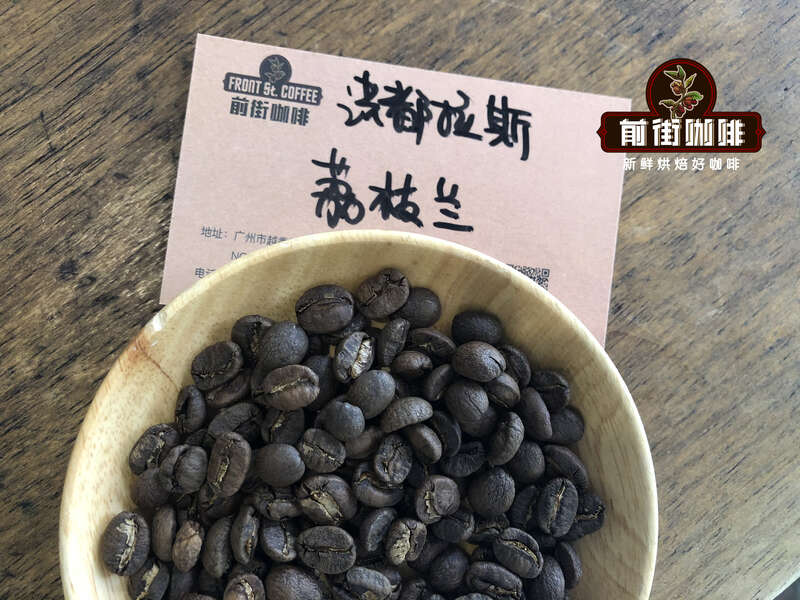
Qianjie Coffee Lizhi Orchid Manor Moca Manor, Honduras
Variety: Kaddura Kaduai
Altitude: 1500-1700m
Producing area; Massaguara town, Intibuka province
Treatment: fine washing + brandy barrel fermentation
Coffee producing area
Honduras is located in the north of Central America, bordered by Nicaragua and El Salvador in the east and south, and Guatemala in the west, mostly mountains and plateaus, about 1500 meters above sea level, with a tropical climate, with an average temperature of 16 mi 20 ℃ and abundant rainfall, which is conducive to the cultivation of coffee. Coffee in Honduras is grown mainly in a small family model, of which 70% of small farms are less than 2 hectares. Coffee varieties grown in Honduras include Bourbon Bourbon, Kaddura Caturra, Iron pickup Typica, Kaduai Catuai, Pacas Pacas and so on. Coffee beans are often treated by washing.
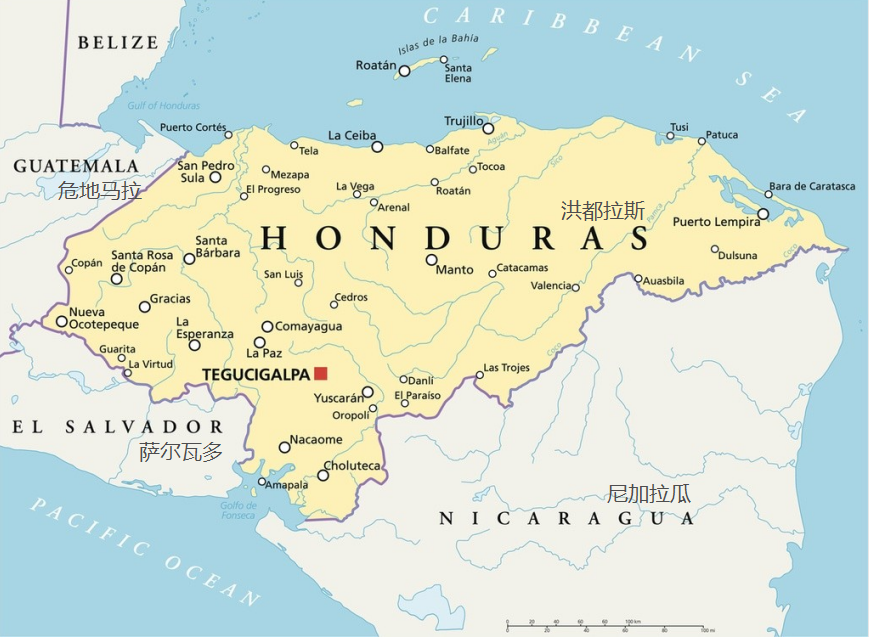
Moca Manor
This lychee orchid coffee bean in Honduras comes from the Manor of La Moca, Massagua. Masaguara is a municipality in the province of Intibuc á in Honduras, located in the south of the Jes ú sdeOtoro valley, with an average elevation of only 853 meters and a high altitude of 1500 meters. Moca Manor is just a small estate in the high altitude area of Masaguarari.
Brandy barrel fermentation method
First, the freshly picked coffee fruits are carefully washed, then put into brandy oak barrels and fermented at low temperature for 30-40 days (about 15-20 ℃), so that the coffee beans absorb the flavor of the barrel, and finally dry in the shade. After brandy barrel fermentation, the beans have soft lychee and honey aromas, combined with alcoholic brandy and oak aromas.
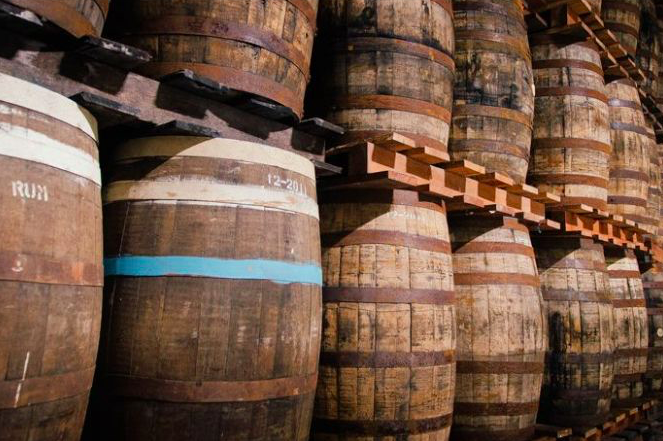
Coffee variety
Kaddura (Caturra), a natural variety of Arabica variety bourbon, was discovered in Brazil in 1937. Its tree is not as tall and shorter as bourbon. Due to inheriting the blood of bourbon, the resistance is relatively weak, but the yield is higher than that of bourbon. Although found in Brazil, Kaddura is not suitable for growing in Brazil, so it is not planted on a large scale in Brazil, but is popular in Central and South America, such as Colombia, Costa Rica and Nicaragua. Kaddura is widely planted in Brazil.
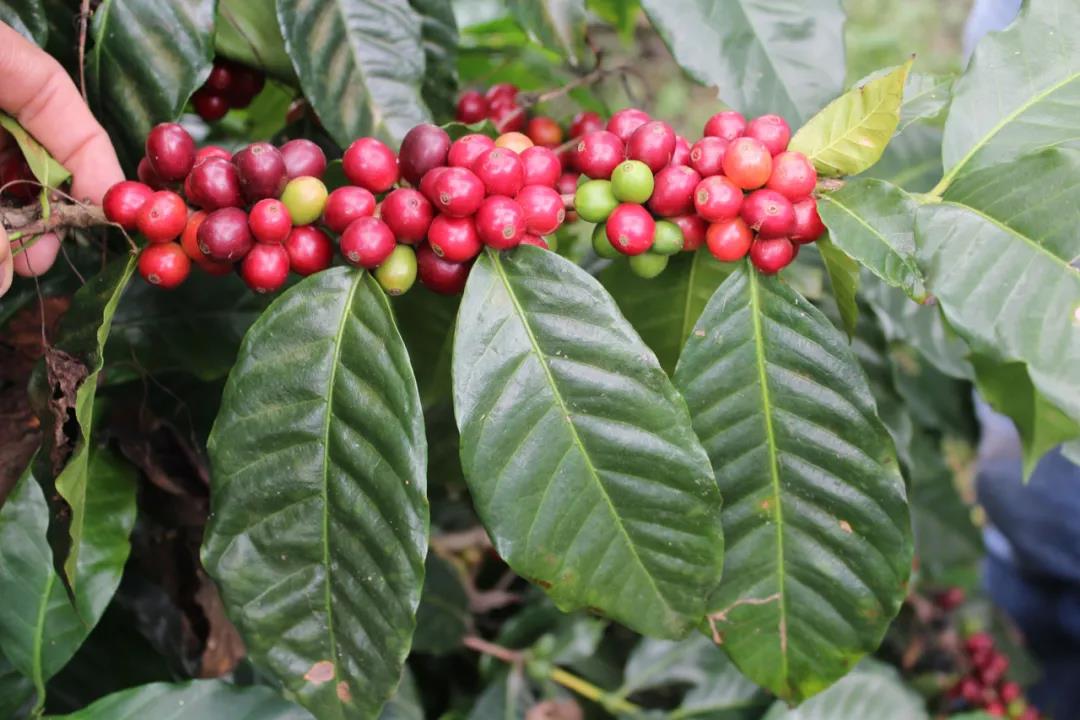
Kaduai is an artificial hybrid of Kaddura and Mondu Novo. Kaduai has a good ability to resist natural disasters, especially wind and rain. Kaduai tree species are relatively low, compared with other coffee trees, the fruit of Kaduai is stronger and harder to pick. The fruit is both red and yellow. So far, it has not been found that yellow fruit tastes better than red fruit. On the contrary, some people found in the cup test that although the coffee processed by some yellow fruits has good acidity, the cleanliness of the coffee taste is worse than that of the red fruit. 、
Qianjie baking suggestion
In order to highlight the flavor of this lychee orchid coffee bean and to balance the overall performance, the Qianjie baker chose cinnamon baking. The soya bean temperature is 220 ℃, the yellowing point is 5: 50 ", the yellow point is 152.6 ℃, the first burst point is 9 times 39 ℃, the burst point is 18 3 ℃, and the development after one explosion is 2 cycles 39 10", 195 ℃ out.
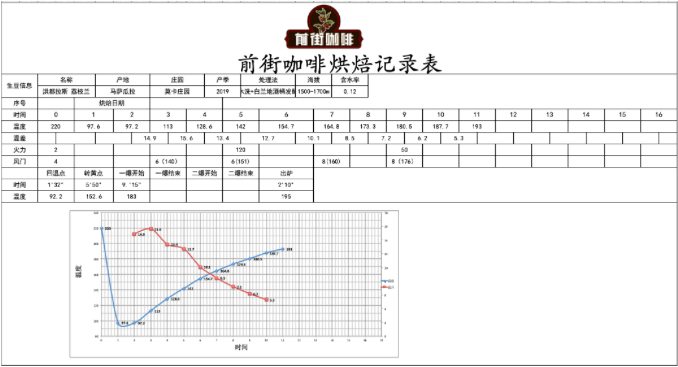
Qianjie Cup test report
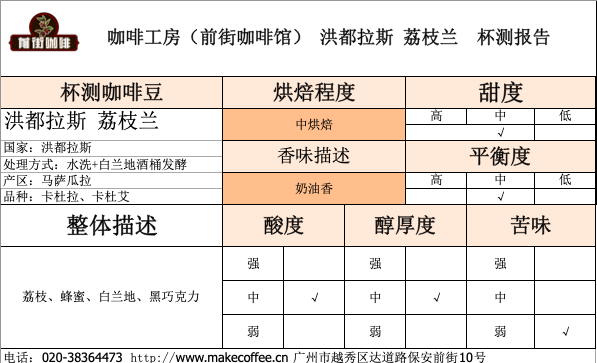
The suggestion of cooking in Qianjie
Filter cup: V60
Water temperature: 90-91 degrees
Powder content: 15g
Ratio of powder to water: 1:15
Degree of grinding: fine sugar size (20 sieve bowl sieve powder to 80%)
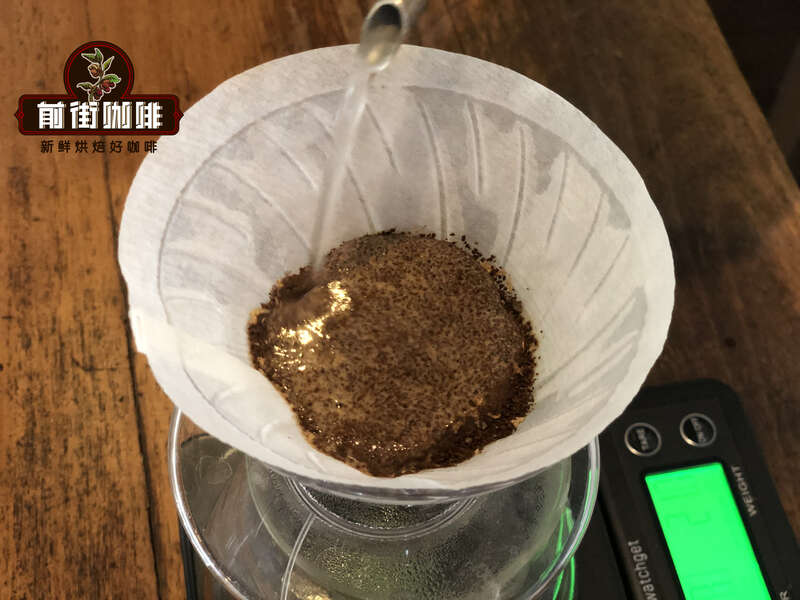
Qianjie cooking technique: the first section is filled with 30 grams of water for 30 seconds, then 95 grams (about 125 grams shown by the electronic scale) is injected, and the injection is completed in about 1 minute. When the water level drops to 2 grams in the powder layer, the remaining 100 grams (about 225 grams shown by the electronic scale) are injected in about 1 minute and 35 seconds. 2: 04 "trickling is completed, remove the filter cup and complete the extraction.
Brewing flavor: imported litchi, brandy and cream. With the change of temperature, the wine and dark chocolate are obvious, the taste is thick, and the honey is sweet.
For more boutique coffee beans, please add private Qianjie coffee on Wechat. WeChat account: kaixinguoguo0925
Important Notice :
前街咖啡 FrontStreet Coffee has moved to new addredd:
FrontStreet Coffee Address: 315,Donghua East Road,GuangZhou
Tel:020 38364473
- Prev

How about the slow-baked Brazilian coffee beans? Coffee flavor with different baking rhythm
Professional coffee knowledge exchange more coffee bean information please follow the coffee workshop (Wechat official account cafe_style) A few days ago while reading the book "Baking Science" by Ono, the editor saw this in the book: take 12 minutes to prepare for roasting, the next minute to maintain a temperature rise of 4-5 ℃, and explode at 17-18 minutes. This baking method is recommended by the author.
- Next
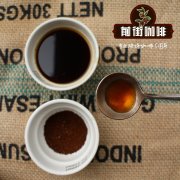
Honduran boutique coffee introduces the special flavor and taste of Shirley and litchi blue coffee beans.
Professional coffee knowledge exchange more coffee bean information please follow the coffee workshop (Wechat official account cafe_style) as early as 500 years ago, as an important Arabica coffee in the world, spread from Yemen to India, and then from India to Indonesia, and then from Indonesia to the Netherlands. After several turnover
Related
- Detailed explanation of Jadeite planting Land in Panamanian Jadeite Manor introduction to the grading system of Jadeite competitive bidding, Red bid, Green bid and Rose Summer
- Story of Coffee planting in Brenka region of Costa Rica Stonehenge Manor anaerobic heavy honey treatment of flavor mouth
- What's on the barrel of Blue Mountain Coffee beans?
- Can American coffee also pull flowers? How to use hot American style to pull out a good-looking pattern?
- Can you make a cold extract with coffee beans? What is the right proportion for cold-extracted coffee formula?
- Indonesian PWN Gold Mandrine Coffee Origin Features Flavor How to Chong? Mandolin coffee is American.
- A brief introduction to the flavor characteristics of Brazilian yellow bourbon coffee beans
- What is the effect of different water quality on the flavor of cold-extracted coffee? What kind of water is best for brewing coffee?
- Why do you think of Rose Summer whenever you mention Panamanian coffee?
- Introduction to the characteristics of authentic blue mountain coffee bean producing areas? What is the CIB Coffee Authority in Jamaica?

